Workouts according to your menstrual cycle
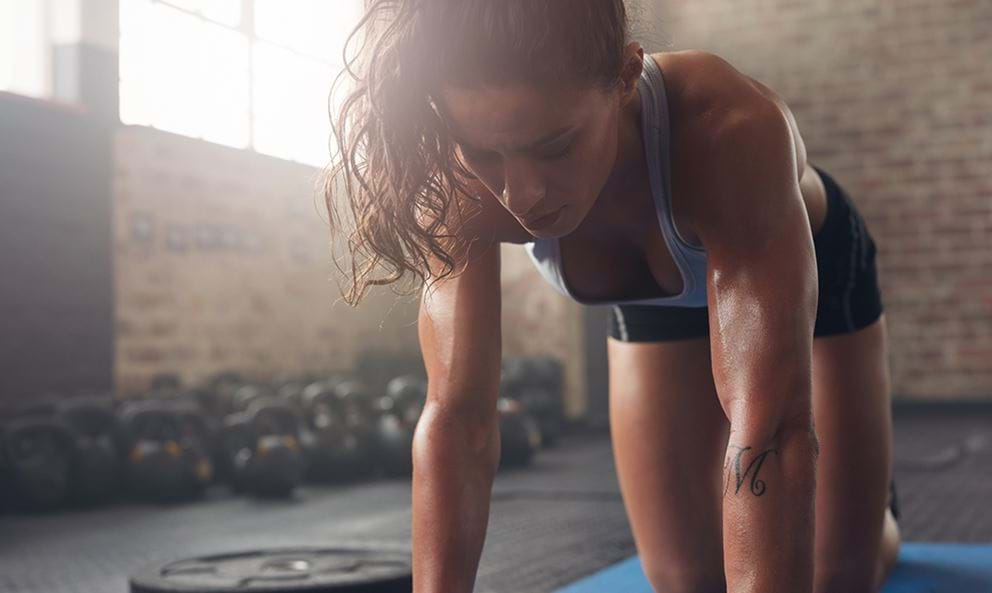
Periods. They’re something a large number of our members experience every month and they can have a massive impact on your daily life, diet and gym routine.
In fact, through a recent survey we revealed that a quarter (25.1%) of UK women have left a gym class or workout early due to symptoms relating to their period, and just under half (49.8%) have cancelled a gym class or workout entirely.
We all know how frustrating it can be, just as you’re hitting your groove with both your gym routine and diet, BOOM, hello bloating, overwhelming fatigue and all the chocolate cravings. When exercising and working out can be a great mood booster, how can us females optimise our workouts around our monthly cycle?
We’ve teamed up with some of our top female personal trainers at PureGym and Dr Sarah Hattam from ConcilioHealth to build out a weekly workout plan, which takes into account the impact your period can have, as well as how you can make your hormones work in your favour!
We know that every female's experience is not the same but we hope that this guideline provides some useful information when it comes to optimising your workouts around your monthly cycle.
The Key Hormones
Throughout your menstrual cycle, there are three key hormones that fluctuate in levels:
Oestrogen is the primary female sex hormone. It enhances endurance performance via effects on carbohydrate, fat and protein metabolism - and also suppresses protein breakdown.
One of Progesterone’s most important functions is that it thickens the lining of the uterus each month. This hormone does the opposite to Oestrogen, which is why supplementing energy by getting extra protein in your diet can be beneficial when your Progesterone levels are high.
Relaxin levels rise after ovulation, during the second half of the menstrual cycle. This can mean a higher risk of injury due to more relaxed joints.
Week One: The week of your period
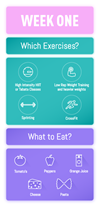
The menstrual cycle begins on the first day of bleeding, and your cycle length is the number of days from the start of one period to the first day of the next. During those first few days the levels of oestrogen and progesterone are low, but by the fourth and fifth day oestrogen will begin to rise and continue to do so steadily throughout the remainder of your cycle.
If you don’t experience any period cramps, this is the best time to push yourself at a high intensity and lift heavier weights. Oestrogen promotes endurance performance, therefore your body will be performing at its peak, and you might find you are more tolerant to pain so those HITT classes or bootcamp could feel that bit easier.
Monika Chmieleweska
Fitness Coach & PureGym Insider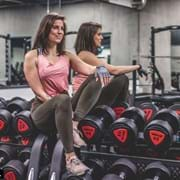
If you do experience severe period cramps, take it easy. Perform gentle exercises like yoga or go for a brisk walk – it will help to reduce any cramps and discomfort. If your flow is heavy, then change your protection just before you work out so you feel confident, and adjust your routine if necessary. Good news ladies! This week it’s all about the GOOD carbs.
During the week of your period, I would recommend increasing your carbs and calories slightly, focusing on foods such as; rice, starchy vegetables, oats and sweet potato.
Wai Yip
PureGym Personal Trainer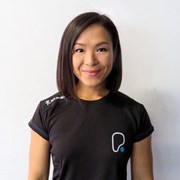
Week Two: The week after your period
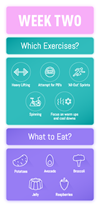
This week begins straight after you’ve finished your period, meaning oestrogen will continue to rise and hit its peak. Progesterone remains relatively low, meaning your body’s overall pain tolerance increases and your muscles recover quicker. Monica suggests taking advantage of this hormonal change and aiming to lift heavier weights than normal, focusing on total body strength training.
Other maximum effort workouts to focus on this week include; ‘all-out’ sprints, attempting PB’s and spinning. Although warming up and cooling down is always important, extra attention should be paid during this week, as your muscles are more prone to injuries during this time.
Oestrogen helps to suppress your appetite, so it’s easier for you to make healthier choices. Aim for a well-balanced and healthy diet.
Week Three: The following week after your period
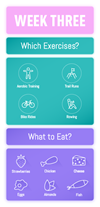
Week three is the beginning of the Luteal phase, and is also known as the ‘rollercoaster’ phase! Oestrogen dips sharply after ovulation, with progesterone peaking towards the end of week three. ‘When progesterone levels are at their highest, your core body temperature rises, meaning you’re likely to sweat more when you work out and feel fatigue sooner.’ Monica says.
It’s during this time that you may feel sluggish and lack motivation, hence you may not want to hit the intensity like you did the week before. The good news is that your body is now burning fat rather than carbs or glycogen. Wai Yip suggests this is the week to focus on aerobic training – longer but less intense workouts. Jump on your bike and head for a long ride or focus on the rowing or cycling machines at your gym.
If you were previously performing free weight or barbell exercises, transferring to a fixed machine can work wonders for you within this phase.
Reanne Francis
PureGym Personal Trainer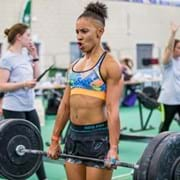
Due to the rise of progesterone, supplementing energy with protein is recommended, aim to increase both your protein and carbs intake especially after an intense training session.
The Luteal phase is also the time when any PMS symptoms you suffer from may start to hit, which may include an increase in appetite and cravings for sweet foods. If you crave chocolate, opt for the best quality dark chocolate you can find. Dr Sarah Hattam recommends eating foods with a lot of calcium and magnesium (broccoli, whole pasta, brown rice) to help ease cramping, as well as upping your intake of vitamin B, iron and reducing alcohol and caffeine intake.
Week Four: The week before your period
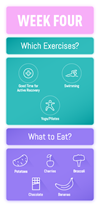
The change in hormones during week three and four may increase stress and anxiety. Relaxin is also at its highest, which means the risk of injury is higher. Therefore, week four should be time for recovery and self-care. Try to incorporate more relaxing types of training, such as yoga and pilates, into your routine.
Cravings by now should have decreased or vanished, so you should aim to reduce your carbs and calories to normal levels.
Remember...
Above all else it’s important to listen to your own body.
If you’re not prone to severe changes during your cycle, it’s not necessary to adjust your training around it. Take the time to understand how your period affects you, and make the appropriate changes if necessary. As Dr Sarah Hattam points out, ‘the exact effects of exercise depend on the relative oestrogen/progesterone ratios at different parts of the cycle. If your periods regularly get in the way of living your life, we suggest you speak to your GP. Ask who in your practice is the best doctor to see for women’s health issues and make an appointment.’
Fancy tailoring your workout session further? Check out how to get in touch with one of your gyms PT’s to arrange a session here.


